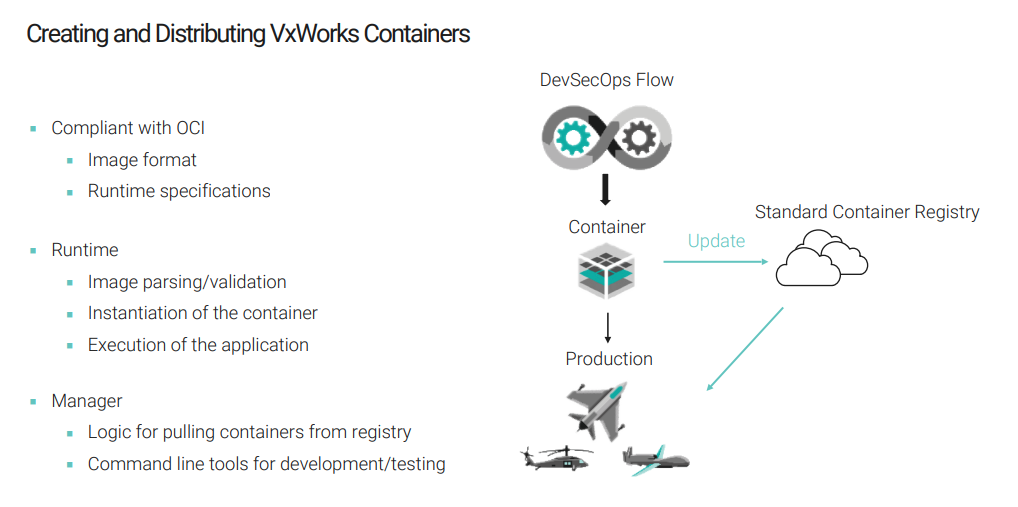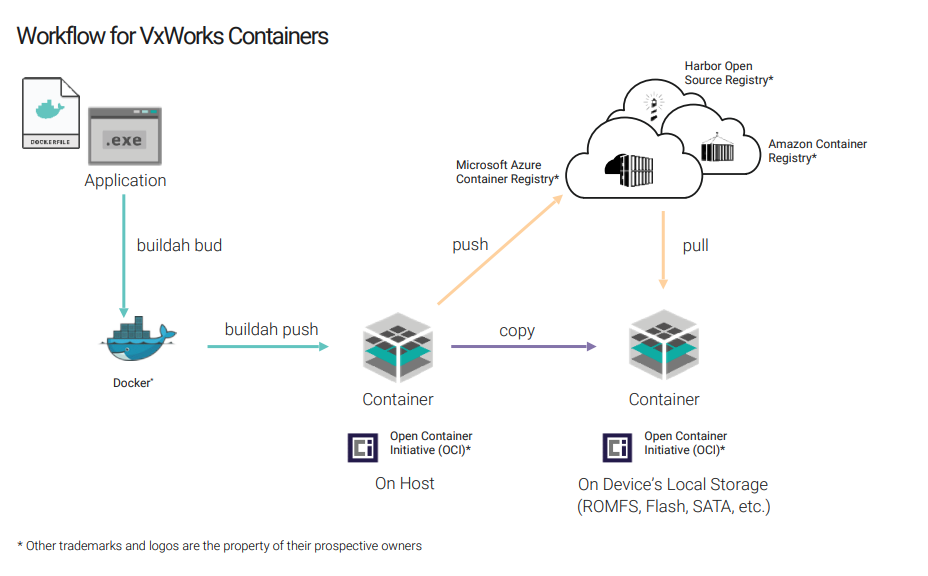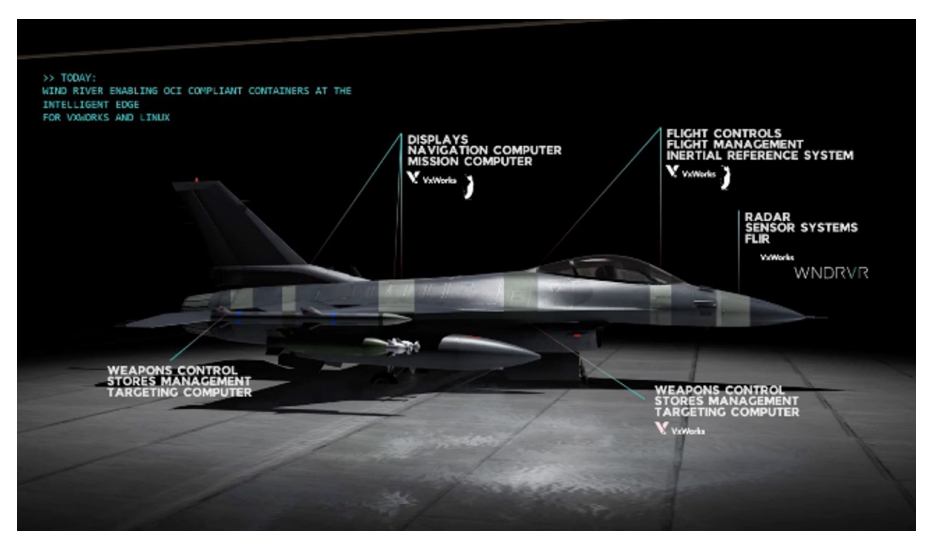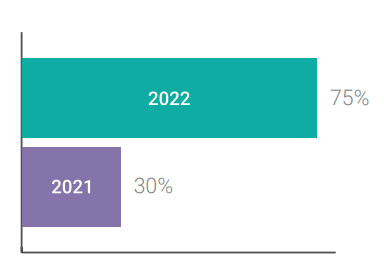Container Technology Energizes Edge Computing
Modern VxWorks Uses Containers for Intelligent Edge Real-Time Solutions
Autonomous Autos Reshape the Marketplace
Docker, rkt, Railcar, LXC, CRI-O, and other container runtime software rely on a client/host architecture. Figure 1 shows the DevSecOps processes as they apply to VxWorks container implementations.

In a typical DevSecOps environment involving VxWorks-based containers, application code is created using a best-practices security framework. The application is released as a container to a host that is the targeted endpoint, such as a VxWorks-based device, and also to the container registry. Any updates or patches to the code can be pushed to the registry, stored, and then pulled from the registry as needed by the host system, whether an aircraft, a connected car, or an electrical substation — any vehicle, medical device, IoT installation, or manufacturing facility that is using containers for code distribution.

Using VxWorks-Based Containers in a Disaggregated Avionics System
The example depicted in Figure 3 shows how VxWorks containers enable a disaggregated system approach within a jet fighter in which multiple systems are linked from the edge to a centralized server, usually mounted close to the aircraft’s center of gravity. The example highlights the streamlined software management that can be achieved in an environment within which multiple operating systems are present (including Wind River Linux and VxWorks), ensuring that applications can be reliably and securely managed over their full lifecycle.

Future Applications of VxWorks and Containers on the Edge
Opportunities for embedded applications and use cases at the intelligent edge have been expanded substantially by VxWorks container support.
The development makes it possible to deliver lightweight, low-power, low-latency solutions that satisfy demanding requirements across a wide swath of industry sectors. Going forward, 5G networks will become more prevalent, providing a ready means of distributing data (and containers) from the edge and linking local and central data centers using 3GHz cell towers and 28GHz small cells through fiber interconnects. This will further extend the potential of VxWorks-enabled solutions. These concepts can have a significant impact within the aerospace industry: Satellites, unmanned aircraft, communications, and mission flight control systems can be enhanced by secure, reliable access to the intelligent edge.
- VxWorks: The world’s leading commercial real-time operating system (RTOS), VxWorks excels at high-performance aerospace and defense applications, industrial applications (including robotics and control automation), and intelligent vehicle applications. With the latest version providing support for containerization, VxWorks delivers compact RTOS capabilities for space and power-constrained embedded deployments. VxWorks meets the certification requirements for IEC 61508 SIL 3, ISO 26262 ASIL D, and IEC 62304.
- VxWorks 653: Built to meet the safety certifications of integrated modular avionics (IMA) operations, this version of VxWorks conforms with ARINC 653, supporting single-platform deployments of vital aeronautical applications. VxWorks 653 is certified conformant for the FACE™ Operating System Segment (OSS) Safety Base Profile.
- Wind River Studio: For intelligent edge deployments, Studio provides a full-featured, unifying infrastructure to complement and manage complex 5G edge networking installations. Studio developer capabilities are integrated to deliver the only full lifecycle management platform for intelligent systems at digital scale. Studio reengineers development workflows into solution sets that reduce development costs and accelerate capabilities for building, testing, and deploying on the edge.
- Wind River Simics®: This comprehensive system simulation environment streamlines design, development, and testing of complex edge computing systems and embedded solutions. Simics accommodates agile and DevSecOps software practices and enables teams to shorten development cycles and thoroughly test embedded system designs without physical hardware present.
- Wind River Partner Ecosystem: Third-party hardware and software solutions are available through an extensive partner ecosystem, offering a deep portfolio of capabilities to speed project development and reduce time-to-market.
References
- Forbes, Harry, “Industrial Edge Containers,” ARC Advisory Group, June 2019
- “Gartner Forecasts Strong Revenue Growth for Global Container Management Software and Services Through 2024” (press release), Gartner, June 2020
- “Global Application Container Market (2021 to 2026)” (press release), ResearchAndMarkets.com, February 2021
- Expert Discussion: Cybersecurity and Container Usage for Avionics at the Intelligent Edge, Avionics International, March 3, 2021
- Best Practices for Container Security, Forrester, July 2020
- Arkenberg, Chris, Sanket S. Nesargi, Ariane Bucaille, Dan Littmann, “Gaining an Intelligent Edge: Edge Computing and Intelligence Could Propel Tech and Telecom Growth,” Deloitte Insights, December 2020



